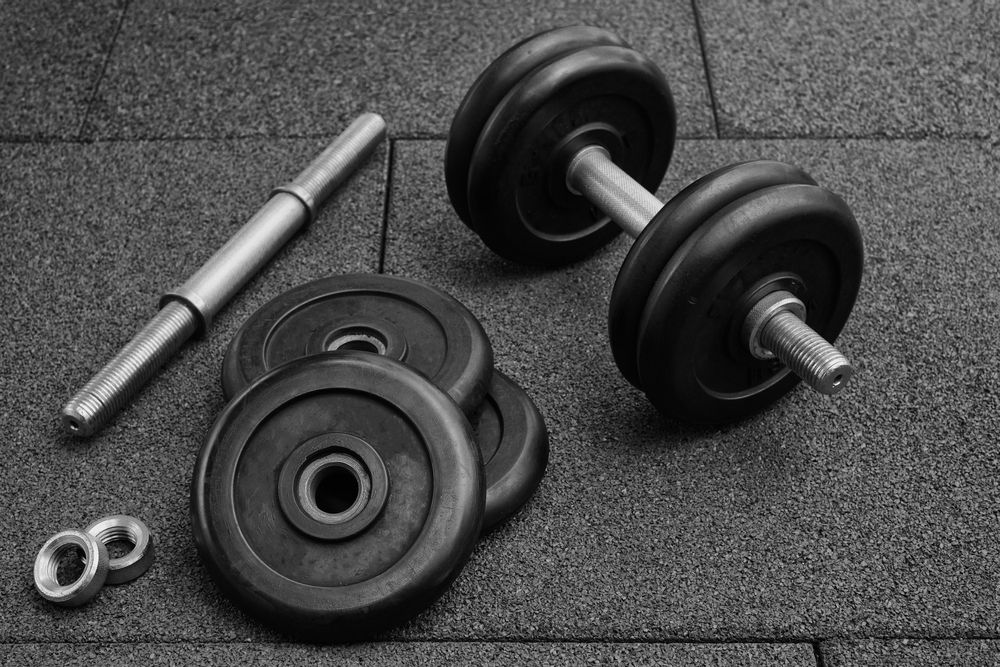The Functional Benefits of Well-Maintained Gym Floors
Read More

As important as proper form and adequate hydration, the quality of your gym surfaces directly impacts performance and safety for every athlete. Whether you manage a workout facility, indoor courts, or a mixed-use facility that offers a variety of athletics, optimizing your gym flooring should be a priority consideration.
Below, we discuss flooring solutions that offer the safest impact ratings, reliable traction, and durable longevity for flooring upgrades that look great, last long, and maximize athletic potential.
If joint-friendly surface safety is your primary goal, resilient and shock-absorbing rubber flooring solutions are your best bet. The latest rubber flooring solutions require minimal maintenance, boast decades of longevity, and provide a modern aesthetic that looks great in professional settings and home gyms alike.
On top of the impressive durability, style, and ease of care, the best rubber gym flooring solutions offer:
Beyond the workout gym, the versatility of rubber is also useful for many other custom applications. Our experts at Keystone Sports Construction design and install professional rubber running track surfaces, warm-up areas, and other custom facility improvements using rubber as the joint-safe foundation.
To expand your gym’s potential, gym turf is another exceptional option to consider for high-mobility athletics like CrossFit, plyometrics, and other intense training regimens. Gym turf includes a range of customizable grass lengths, a diversity of impact-resistant layering options, and best of all, replicates the performance-enhancing benefits of a realistic grass environment.
Just like rubber gym flooring disperses impact forces, the innovative turf compositions can be customized to protect against the harshest of hits. With optional additions such as foam padding underlayments in addition to the shock-absorbing infill material, your gym environment will be the safest facility in town.
For mixed-use facilities, your space may benefit from other additions such as hardwood or a synthetic clay surface such as Har-Tru. While these surfaces may not be as shock-absorbing as rubber or gym turf, hardwood and synthetic clays do provide better shock absorption than cement and asphalt courts.
When comparing the various options, always consider the athletics you aim to support and the intended purpose of the design. If joint safety and weight lifting are the primary uses, a rubber or gym turf is your best bet. If your facility offers everything from basketball to high-impact workout classes, it’s best to integrate a variety of surfaces; i.e. use hardwood for the sports courts and rubber gym flooring for the exercise areas.
To explore the pros and cons of each flooring type, contact our experienced contractors at Keystone Sports Construction and we’ll help you create an athlete-safe plan today.